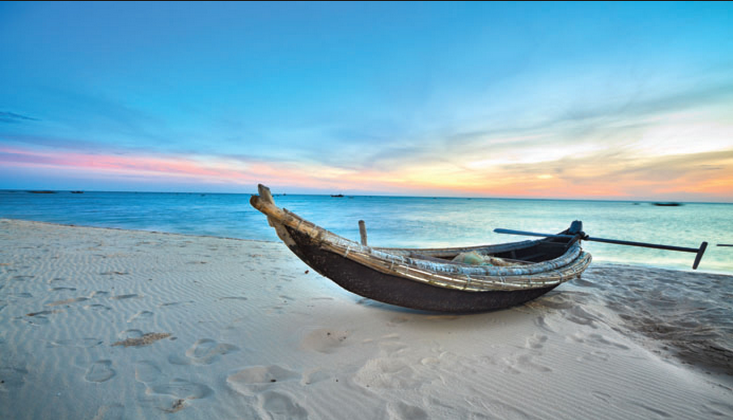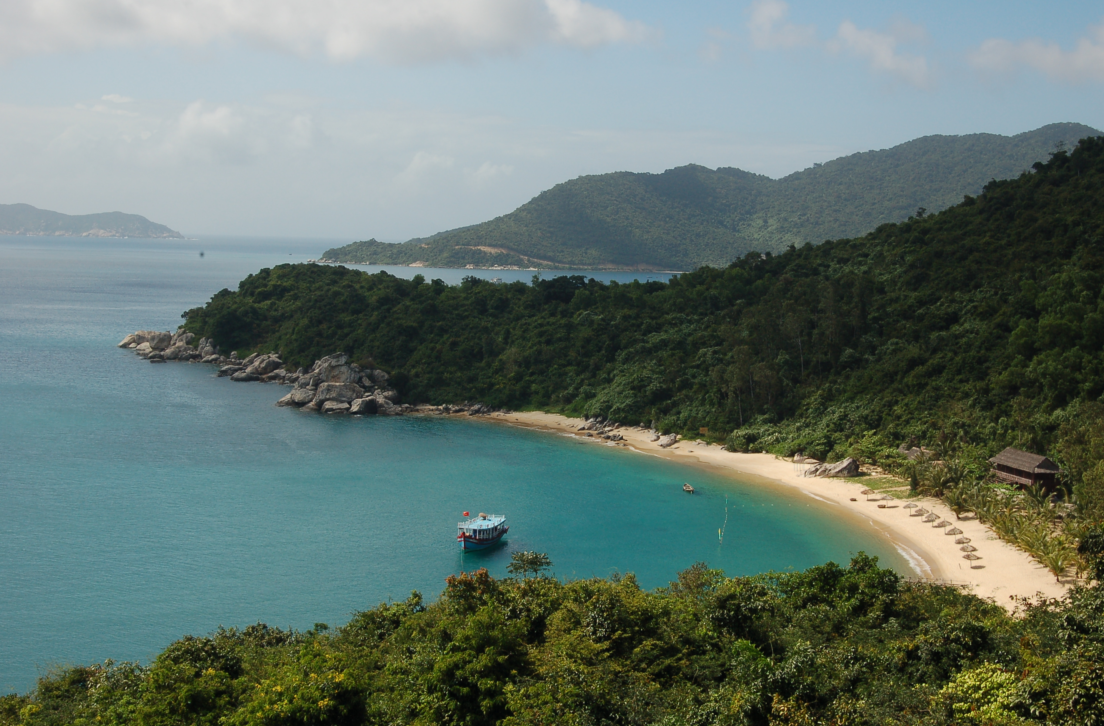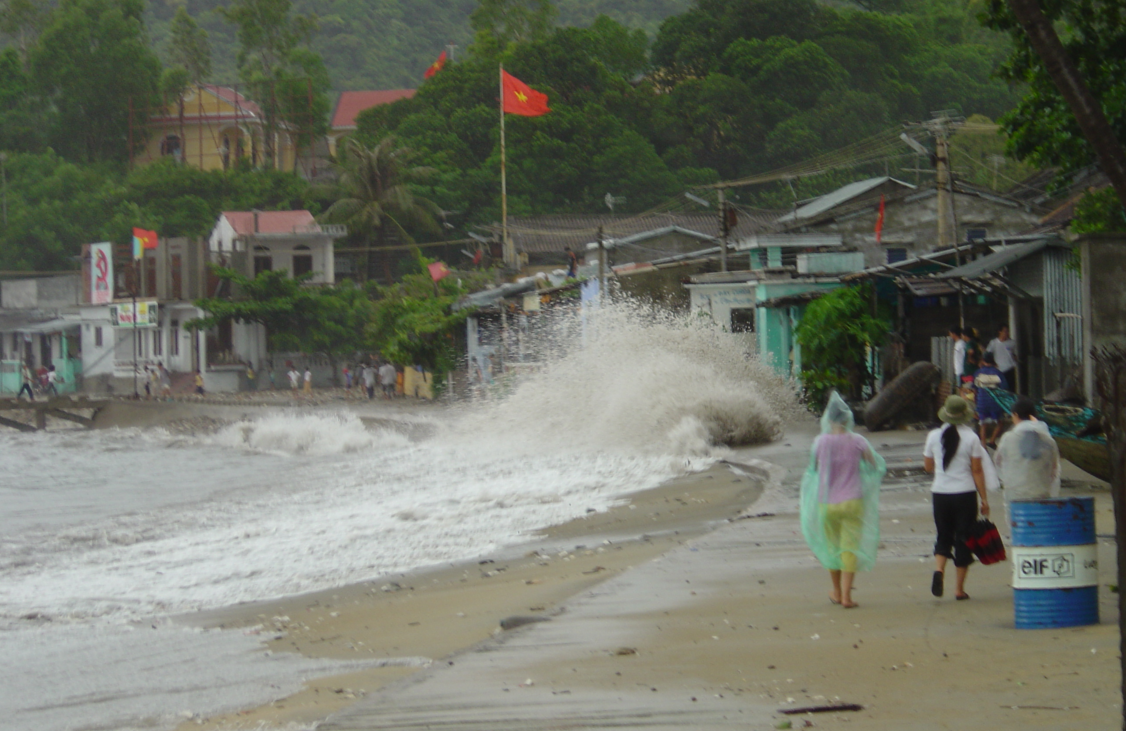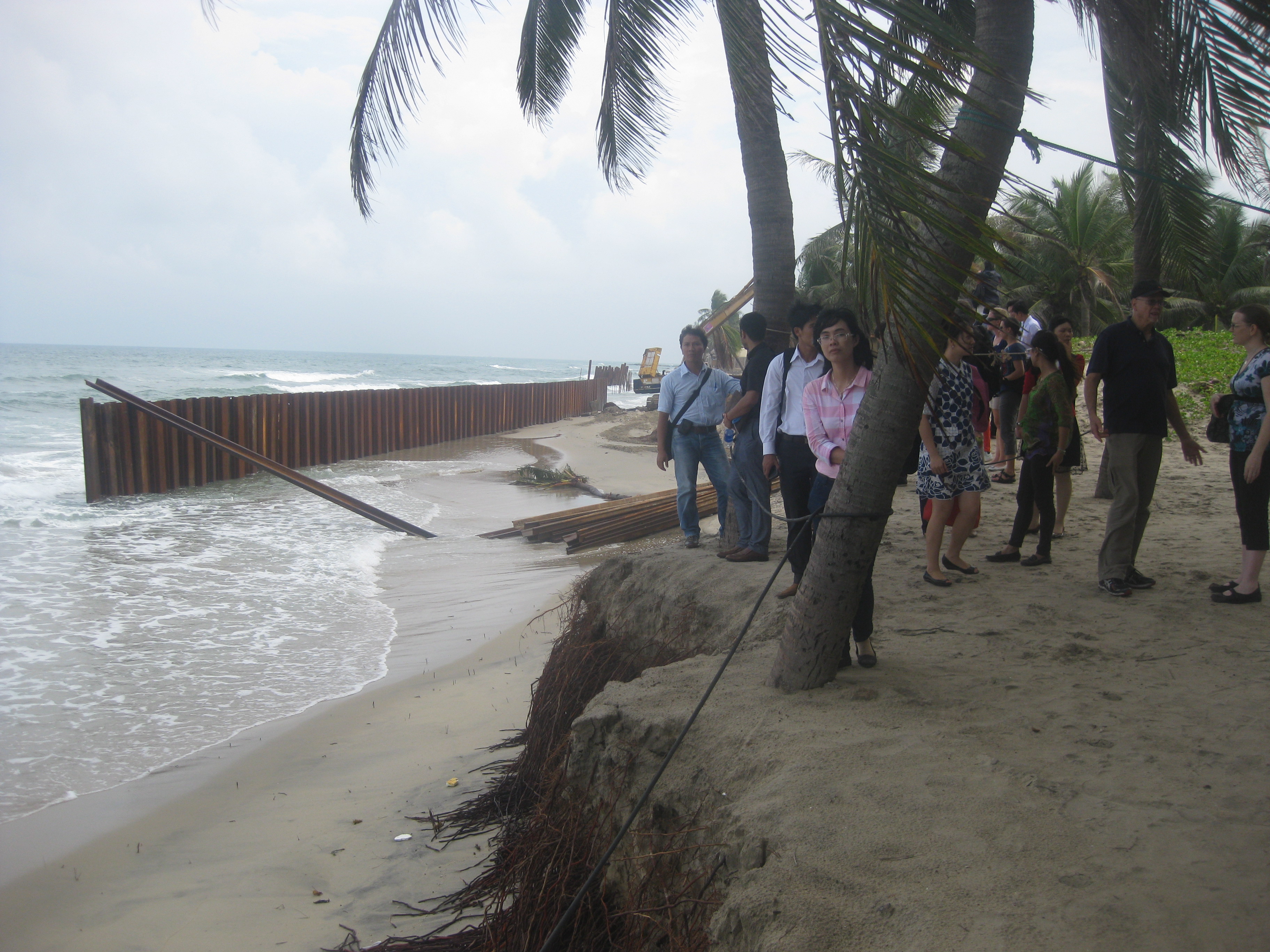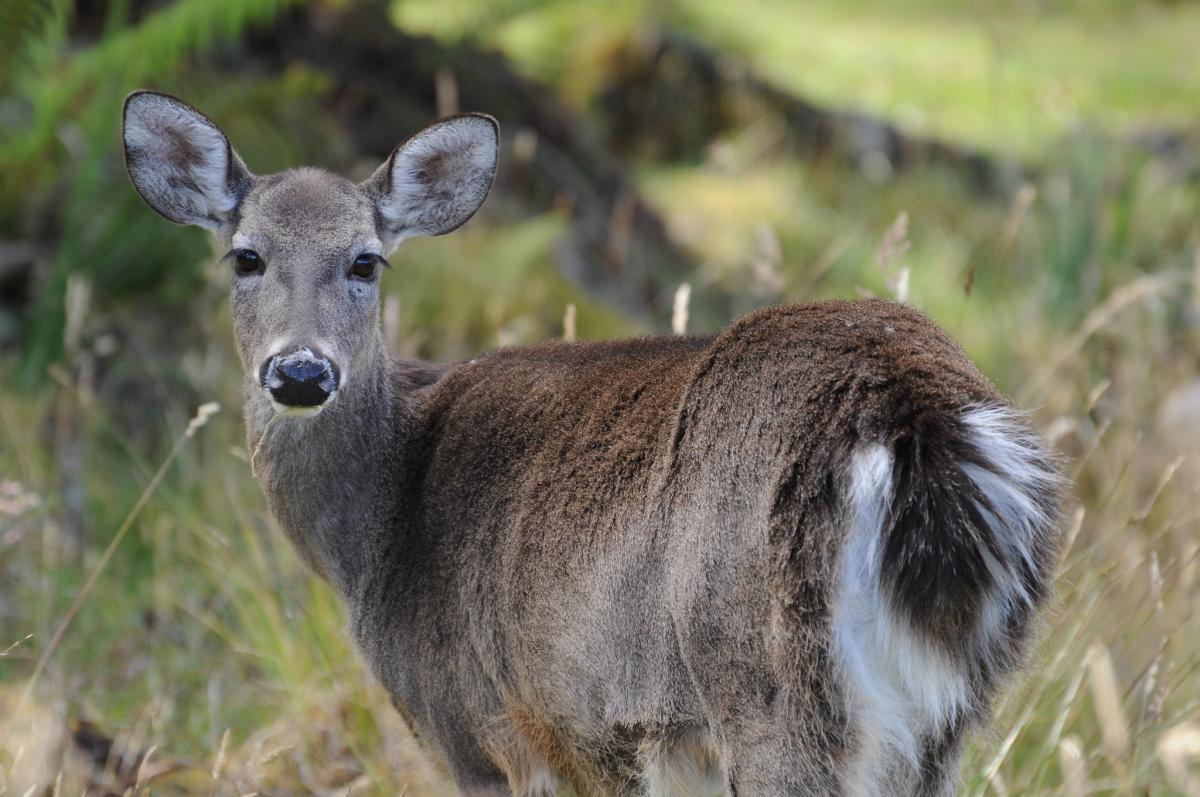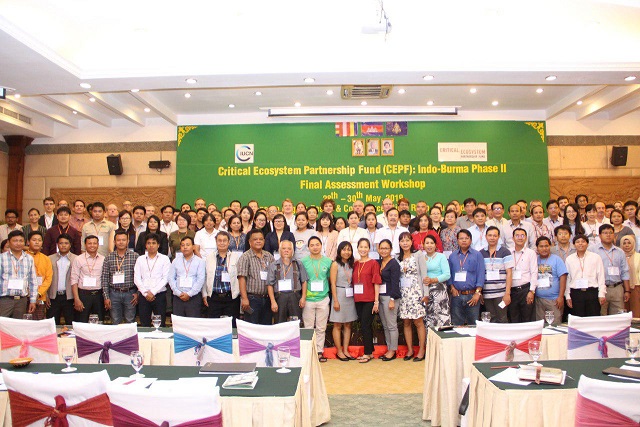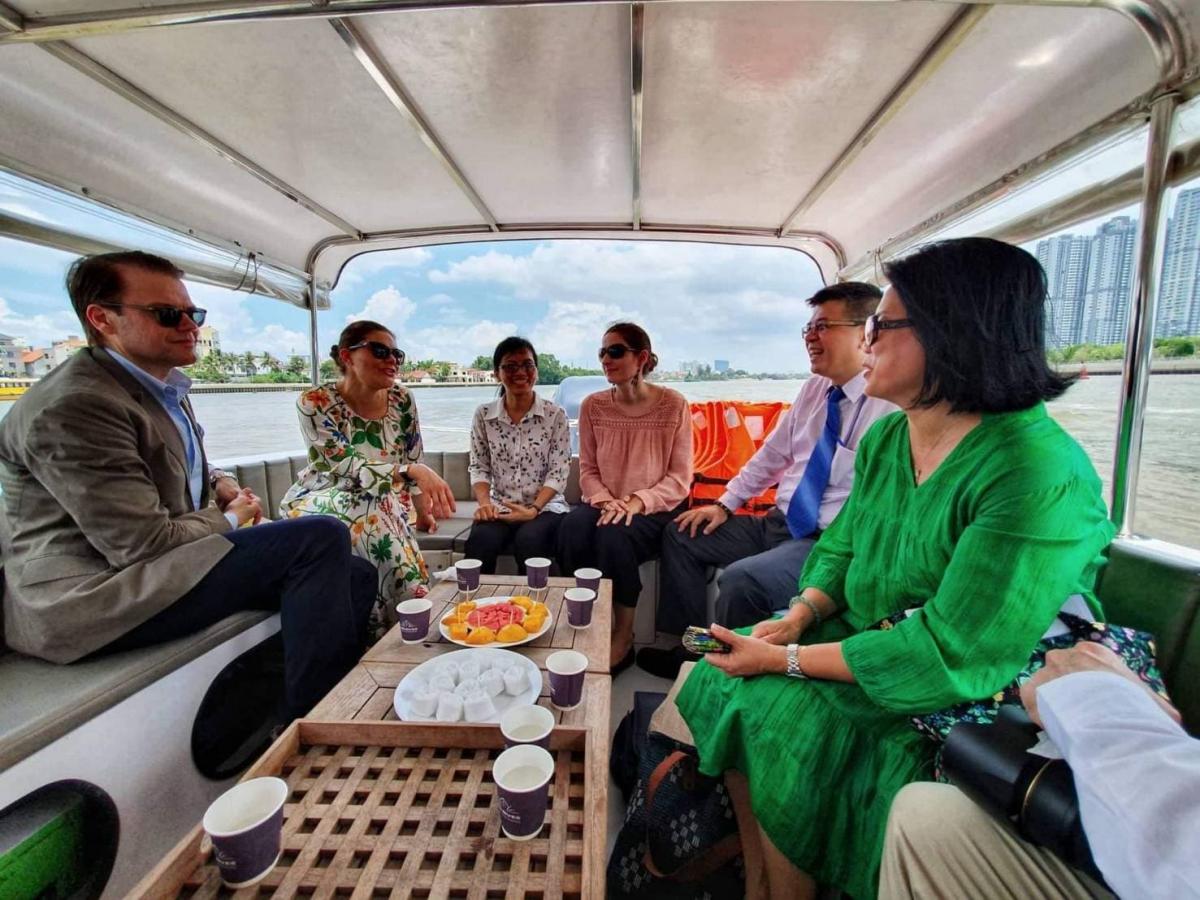Vietnam beauty spot learns to tame the beast
As the Vietnamese city of Hoi An boldly declared its vision to become an eco-city by 2030, locals - who have long feared for the future of nearby Cham Islands Marine Protected Area (MPA) - breathed a huge sigh of relief secure in the knowledge that every effort would be made to preserve this paradise which has been threatened by overfishing, climate change and extreme weather for many years.
There could be even better news for locals in the coming months too, with IUCN identifying the Cham Islands MPA for consideration on the IUCN Green List of Protected Areas, a new global initiative launched at the World Parks Congress 2014 in Sydney, which celebrates the success of effective protected areas and encourages the sharing of that success so that other protected areas can also reach high standards.
The region’s economy is based on its natural resources such as fisheries, agriculture and tourism, all of which are severely affected by disasters and climate change impacts. As well as suffering significant degradation due to excess tourism, the Hoi An area must also contend with natural hazards such as floods, typhoons, saline intrusion and coastal erosion which can often lead to power cuts, crop destruction as well as putting the lives of communities at risk.
In the face of such challenges, Hoi An’s work on the marine protected area, as well as the biosphere reserve concept have laid the foundationa for its resilience-building work. The Cham Islands are a breath-taking cluster of granite islands, with a population of around 2,500 habitants, 80% of whose livelihoods depend on fishing and other marine resources.
The islands boast 277 coral species and 270 reef fish species as well as a wealth of natural beauty and an abundance of traditional knowledge and customs. Such a wide variety of species attract boatloads of tourists every day from the mainland which is having an impact on all the local species. However, a more pressing issue for locals has been attempting to mitigate climate change and reduce disaster risk in the area, a concern which prompted a study to be conducted into the most effective way of building a long-term resilience model whilst reducing human vulnerability.
The case study, which will be keenly observed at the 3rd World Conference on Disaster Risk Reduction in Sendai later this week, concluded that good protection and sustainable management of natural resources would be a key factor in ensuring a secure future for this area. “Protecting ecosystems, sharing natural resources and diversifying livelihoods are key to strengthen the Cham Island communities,” said Chu Manh Trinh, who led the study. “Resilient ecosystems not only increase societal resilience, but a process of healthy ecosystem management and development planning that fundamentally involves and interests the affected populations enhances better governance and coping strategies for climate change and recurrent disasters.”
To learn more about the IUCN study done in this area please contact Chu Manh Trinh mtrinh.clcmpa@gmail.com
View the Panorama Solutions page for this region of Vietnam by clicking here.
For more information on IUCN Disaster Risk Reduction work please contact camille.buyck@iucn.org
